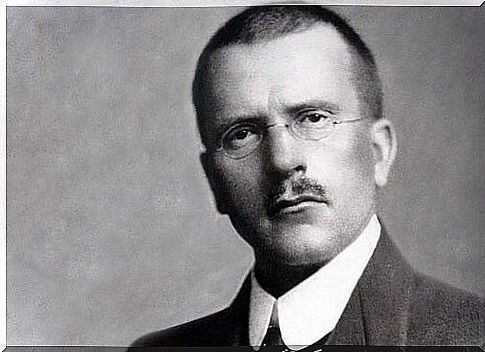What Psychological Theories Exist About Dreams?

Dreams are a series of images, emotions, thoughts, and sensations that occur when we sleep. They are involuntary and usually occur during the rapid eye movement (REM) stage of sleep. Also, at this stage they are more vivid and accessible to remember.
Thanks to the studies carried out in this regard, we know that in a normal night we can have three to six dreams and that each dream lasts between 5 and 20 minutes.
Even people who remember their dreams forget 95% of them when they wake up. The field of study of dream phenomena emerged in 1899, when Sigmund Freud published The Interpretation of Dreams .
Today, most experts do not agree with the conclusions that the father of psychoanalysis drew; in fact, there are many who think that dreams do not have any type of content or message that can help us in our daily lives. Let’s see what currents of psychology have formulated theories about dreams.

Different theories of dreams from different psychological currents
Behaviorism is perhaps the most empirical of all psychological schools of thought when it comes to explaining the phenomenon of dreams.
Behaviorists regard dreams as a “brain drain. ” They cannot be proven useful and they cannot be proven useless. So let’s say they are agnostic about its content and usefulness.
Neo-Freudians have caught up with behaviorists since the 1980s and have become more rigorous in their empiricism. They basically come to the same conclusion: they are neither useful nor useless.
So far, both (and other) currents agree that dreaming is part of the normal functioning of the brain. Behaviorists and neuropsychologists say that dreaming works like an automatic hard drive reset to clear neural synapses at night. This reboot would remove junk from the neurotransmitter and have a side effect in the form of images.
Authors who have made theories about dreams
Sigmund Freud’s theory
Freud’s perspective developed in his book The Interpretation of Dreams is still popular today. Freud believed that dreaming was a way of fulfilling unconscious wishes. The manifest content, the literal story or the events of a dream mask the latent content or its symbolic or hidden meaning.
For example, if an individual dreams that he is flying, it may mean that he is yearning to break free from a situation that he sees as oppressive.
Carl Jung’s approach
Jung’s approach to dreams coincides with Freud’s on some of its points. Jung believed that dreams contained a latent meaning disguised as manifest content.
However, Jung also believed that dreaming symbolized a person’s desire to maintain balance in their personality, not the desire to fulfill any hidden desire.
Carl Jung gave it more weight in the manifest content of a dream than Freud; he thought that important symbols could be found there. Furthermore, Jung postulated that dreaming was an expression of the collective unconscious and that it could help to anticipate future problems in the life of the subject.
Jung often used universal archetypes and myths to interpret a dream. As a result, Jungian therapy approaches dream analysis in three stages:
- First the personal context of the dreamer is considered.
- The cultural context of the dreamer is taken into account, including his age and environment.
- Finally, any archetypal content is evaluated for links between the dream and humanity as a whole.

The Calvin Springer Hall approach
Unlike Freud and Jung, Calvin Hall did not believe that dreams contained latent content. Instead, he proposed a cognitive theory that claimed that dreams are simply thoughts that appear in the mind during sleep.
Hall reached his conclusions about dreams through an approach he developed with Robert Van De Castle in the 1960s. The approach uses quantitative content analysis to evaluate dream reports. The content analysis scale system provides a scientific way to evaluate dreams.
This is in contrast to Freud and Jung’s approaches to dream interpretation, which lack scientific rigor. Hall’s approach is shared by cognitive psychologists.









